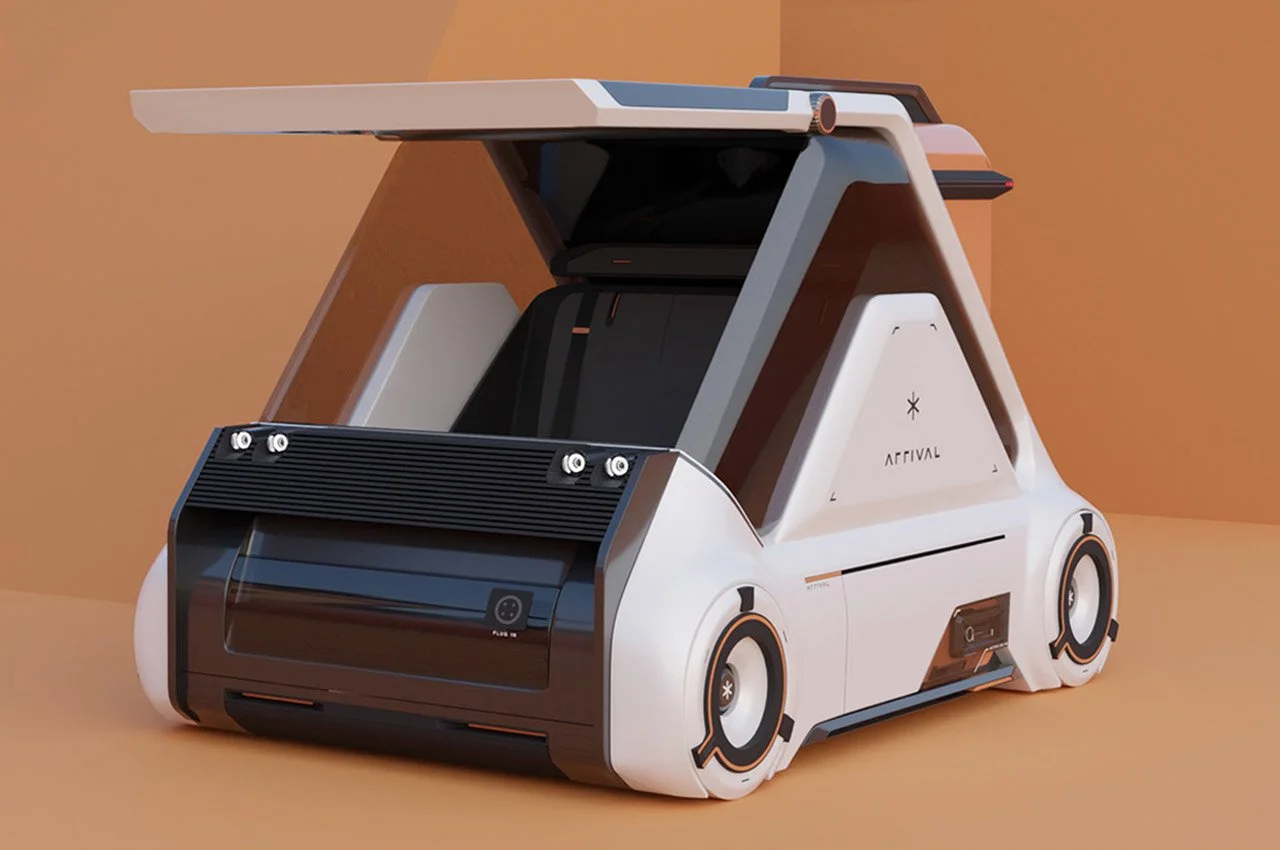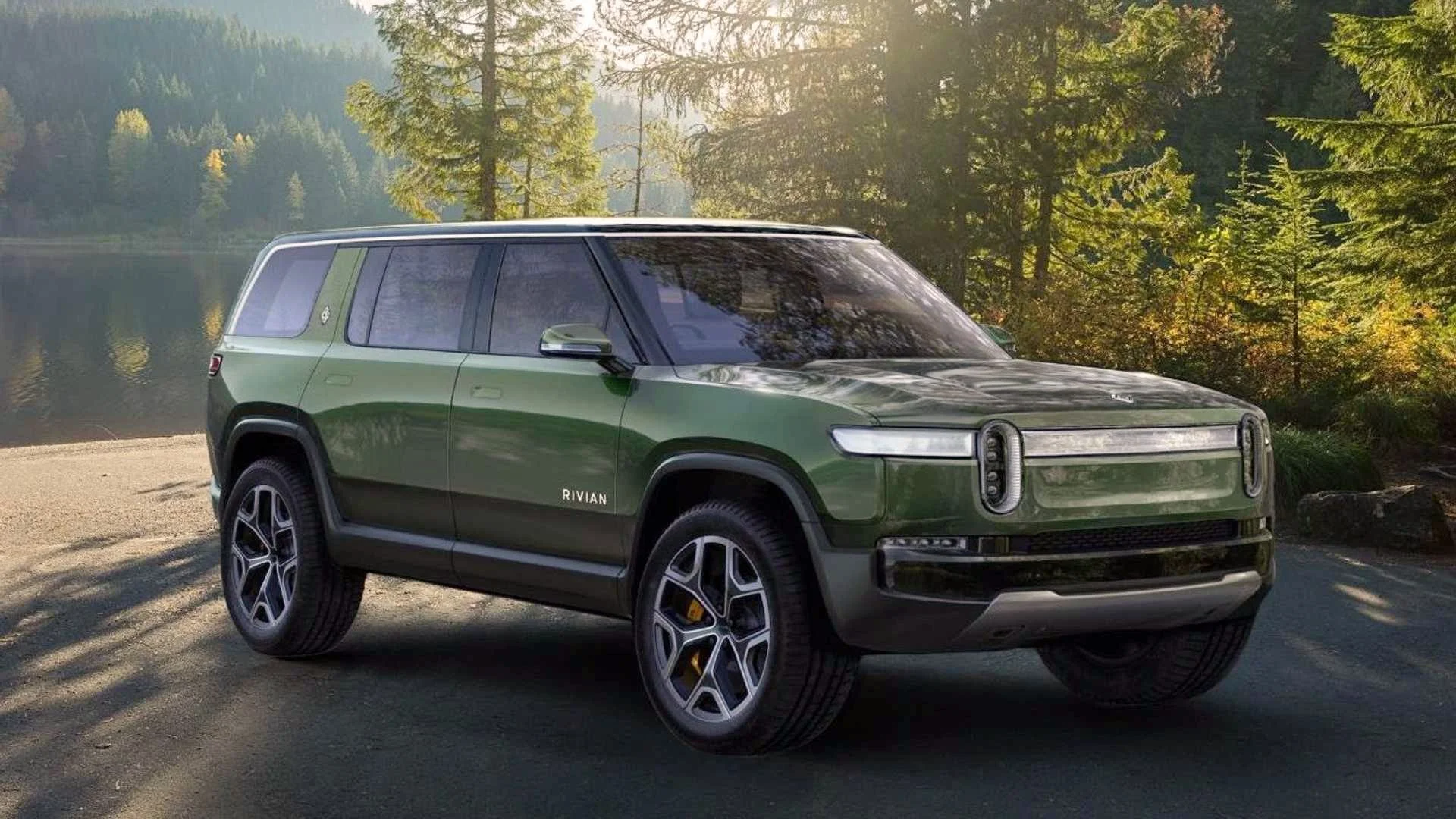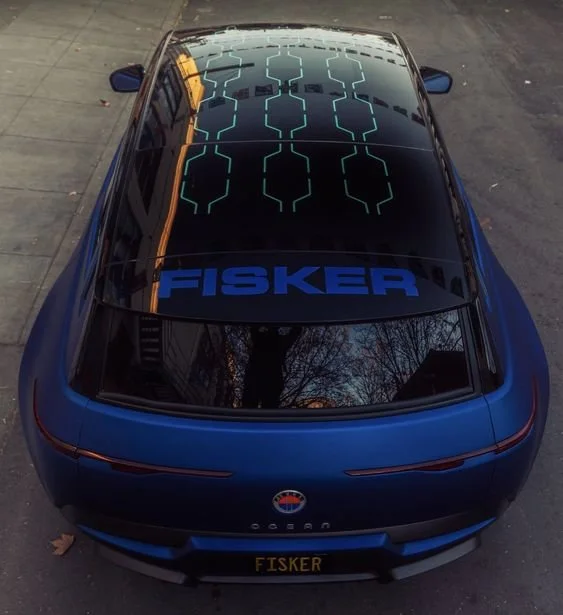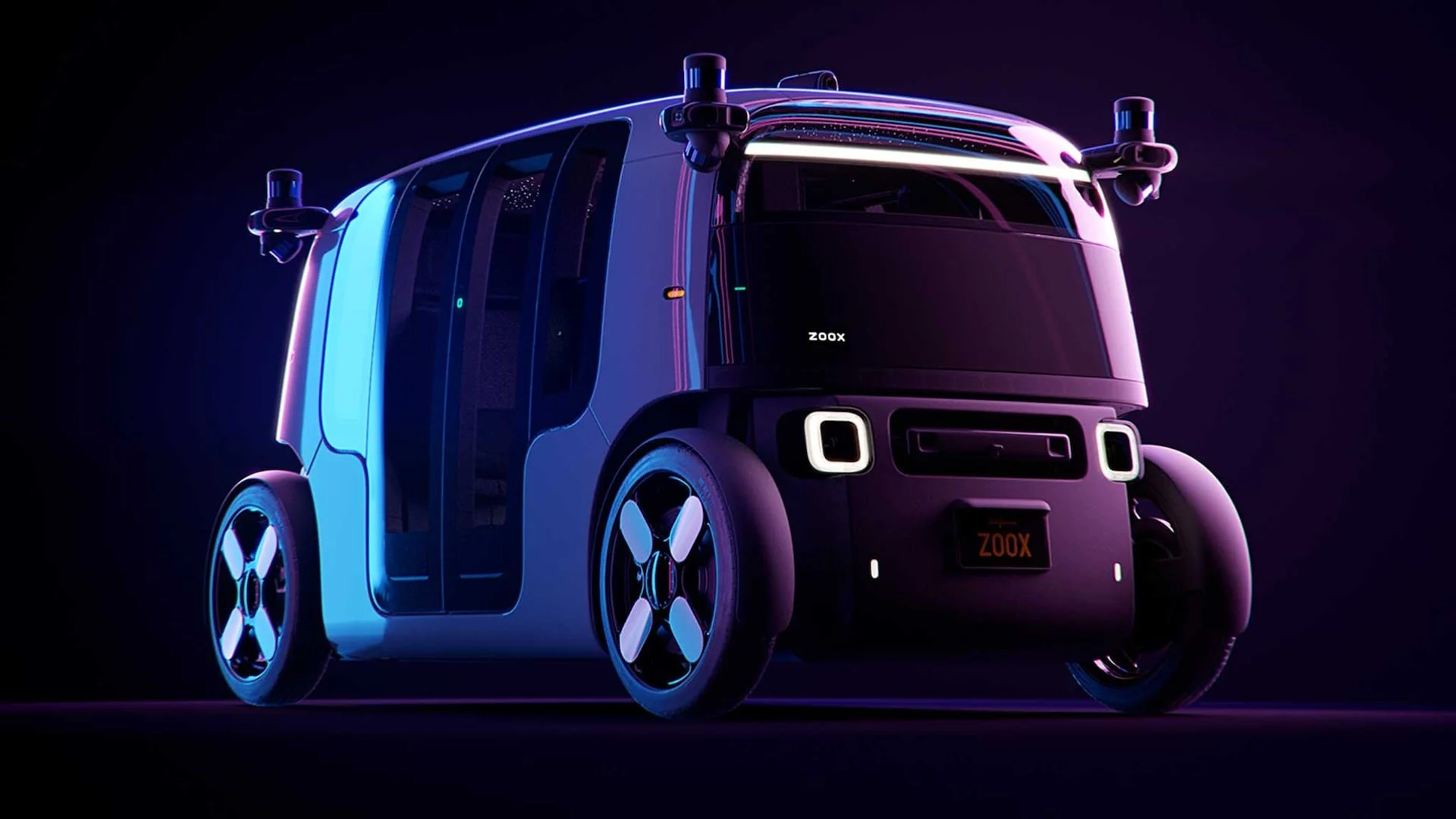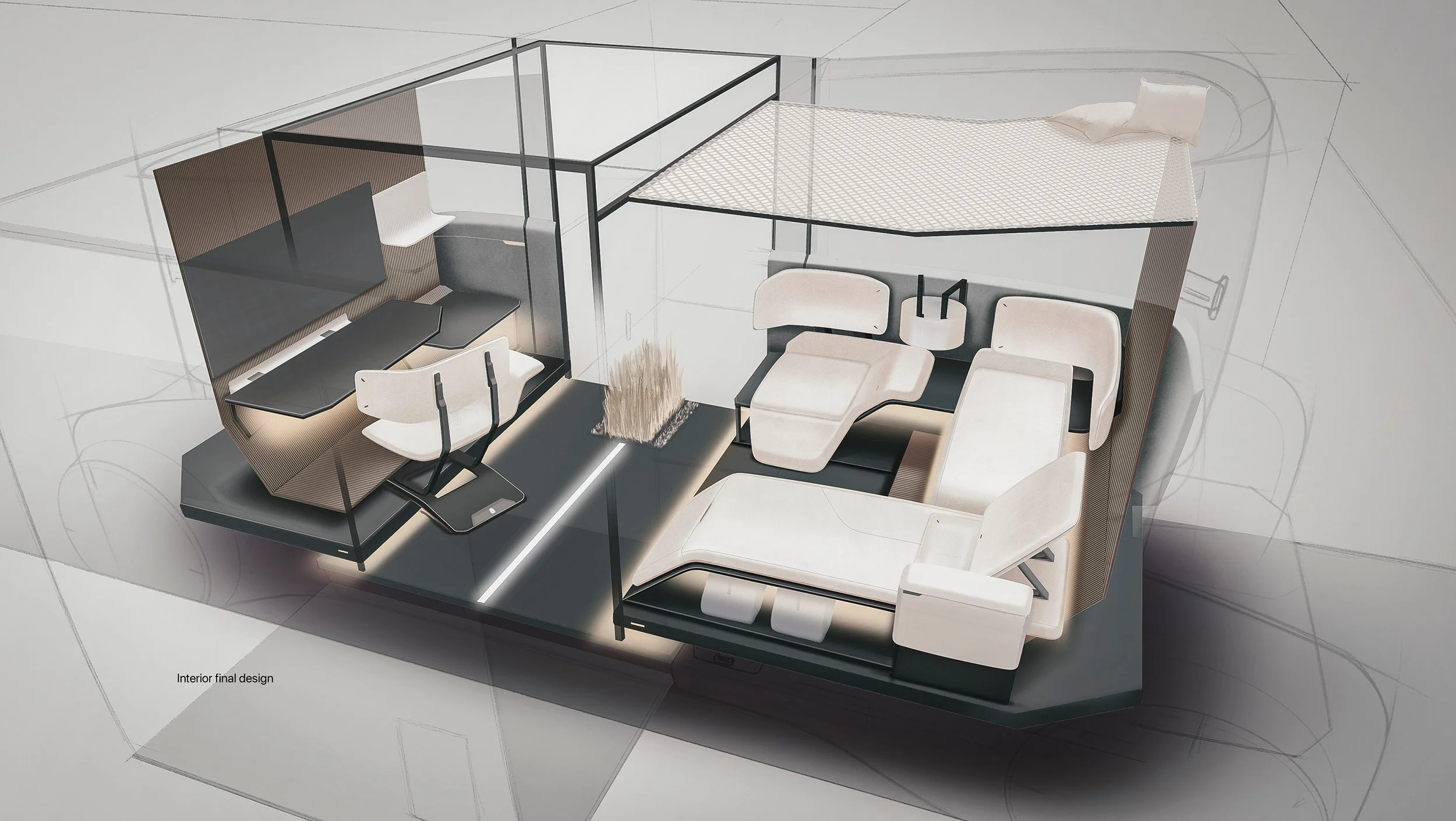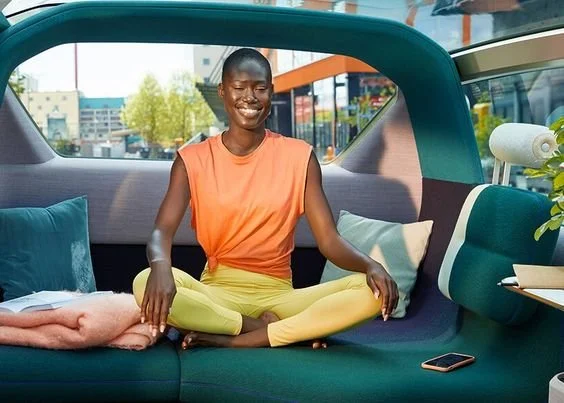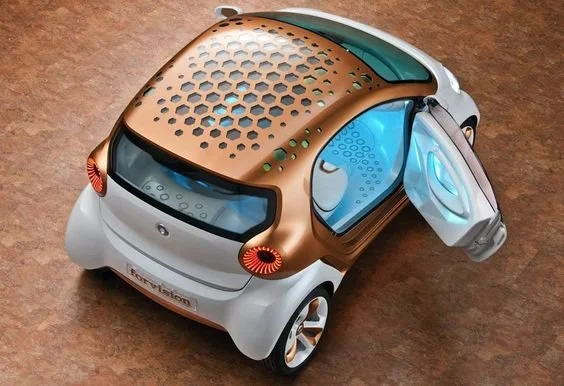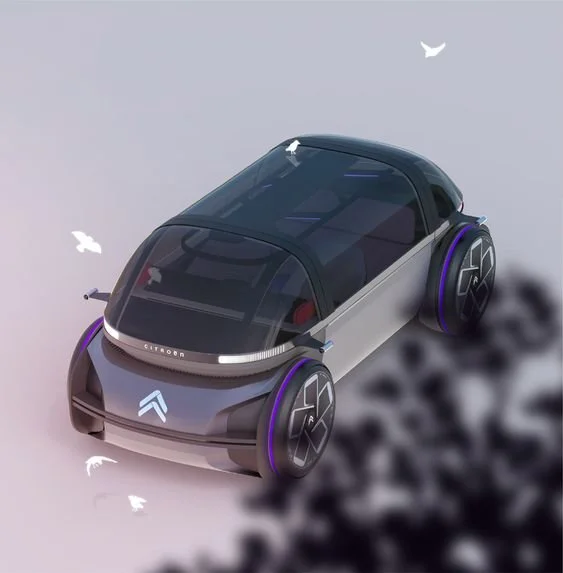EV-er Said Than Done
Get it? Cause EV? Easy? You know what- just read the article. *EV:Electric Vehicle.
Introduction-
Now, after reading the first article in this set, “Return of the track”, you might say: “Well that sounds cool and dandy and all, but what about the people who don't live in urban/city areas?”, “How, in a non-car dependent world, will they get from train/metro stations (or even these “portals”) back to their homes in more suburban or even rural areas?” Believe me, I haven't forgotten. I myself don't live in a city area. I wouldn't go as far as to say that my neighborhood is rural, but quoting a friend who was visiting the area, it was called “Never Never Land”. Despite being somewhat close to many urban and highly populated areas, I’m definitely not within walking distance. Currently, I'm not even within walking distance to a metro or bus stop! So how would someone like me or someone who lives even farther out, be able to effectively use high-capacity public transport and still make it all the way from point A to point B? Are we supposed to completely do away with personal vehicles, and the freedom that comes with them, for the sake of sustainability? No. Not yet, at least. And possibly not ever. For now, the goal is to further evolve and revolutionize all transportation to the point that, not only is it enjoyable, affordable and highly efficient, but it's also sustainable, so it’s not continually harming the earth. At this point, seeing all the information telling us how heavily cars are polluting the atmosphere and that too many people are driving/owning their own, one might think that implementing solutions like these would later result in doing away with cars completely. However, there's always going to be a possibility that someone lives really far out, or needs to get somewhere that public transportation won’t take them. Luckily, as we begin asking these questions and thinking about our future, we can build upon what we already have and develop smarter, greener solutions for these issues. So, what solutions do we already have and what issues are we facing?
Zoox-
Take Uber, taxis, electric vehicles and self-driving cars. Now mix it all together, what do you get? The best of both worlds? Maybe. Zoox is a fully electric, fully autonomous, bidirectional, ride sharing vehicle. And btw, it's real. When I say real I mean: safety tests completed, fully revealed, recently acquired by amazon (I know :/), shown ridden by Kahlid in his “New Normal” music video, and hopefully soon to be available to the public! Aside from the cool design and specs…actually no, let's talk about the cool design and specs. Automatic, double outward-opening doors on both sides of the vehicle, built in wireless charging for your phone, integrated screens for music and temperature control, comfortable 4-person seating, led star lights on the ceiling (like a Rolls-Royce), a skylight, and did I mention it's basically a robot vehicle so…there's no driver? Or even a steering wheel!? This is Level 5 autonomy behavior. Level 5 being the highest level of autonomy, and according to Verdict UK in 2021 “A fully self-driving car classified at level 5 does not currently exist”. To say that this company is ahead of the pack, would be an understatement. What's more, they claim to be primarily motivated, not simply by innovation or financial gain, but by their plan to create a new form of transportation made “for riders, not drivers”. A plan that they hope will free us from being a car dependent society. CEO, Aicha Evans (come on, African American woman CEO!), says that they are “challenging personal car ownership…openly and proudly”. Additionally, they want to make it affordable. These people don't miss! The vehicles run on two batteries and a computer system, all stored under the floor, and use 3 different types of sensors. Cameras, lidar, and radar sensors provide the vehicles with an in-depth, 360 degree view of their surroundings. This allows for optimal safety during transportation. In their video with FreeThink, Evans talks about the importance of transportation, “Transportation is a big deal in terms of access to knowledge, access to freedom, independence, and just things. There are areas right now that are not served well. That, in my humble view, limits the economic opportunity of a lot of folks. Our goal, and this is something that's particularly important to me, is for this vehicle to go to all areas of a city. This vehicle is not gonna care what's your social strata, race, ethnicity, gender, any of that. If you order one, it'll come pick you up and take you to where you need to go. Transportation is not equally distributed. You make that available, amazing things will happen”. This is truly music to my ears. It's sadly rare to see companies taking such a hands-on, community and sustainability based approach to transportation. This is exactly the kind of approach we need to improve our public transportation, and a lot of other things. I hope y’all are taking notes, cause I sure am!
….But then again you know that already, cause you're reading them.
Dynamic Design-
Now this section is going to be short, but I did want to briefly mention some of the design choices that you have and will see in some of the vehicle images in this article. Many of the more futuristic designs seem to carry this concept of replacing a traditional car interior with something more akin to a small living room, and that seems to be intentional. As cars move further in the direction of level 5 autonomy, designers are putting more effort into the riding experience because that's all that will matter. There is an interesting Yanko Design article about the Eve Vision, a fully designed concept vehicle from the electric car company Nio (which will be pictured in the gallery at the end). In this article the author writes “Designers have quite a few varying ideas of the future. Some say the future is autonomous….Some believe the car will become smart, others say that the car will become more about the space rather than the ride, focusing on interiors, more than anything”. It appears that for many of the designs showcased in this article, the designers had similar thoughts to all three of these ideas. The author goes on to say that with this vehicle (and hopefully other cars going forward), “...its design is clearly for a future where the car is an experience and a dynamic space that facilitates interaction…..In the future, the car will mean much more than just an automobile. It’ll be everything from an artificially intelligent entity, to your secondary home on wheels”. While this is a bit off from our focus on sustainability, I think it is a cool feature that we can look forward to as we further revolutionize transportation.
EV’s need SE-
So I’ve done all this talking (typing?) about focusing on public transportation and moving away from car dependency and personal car ownership, and now I want to talk about cars? While it may seem contradictory, understanding the reality that we live in, it's going to be a challenge to change the culture and mentality around transportation. Just think about it, there are people, in 2022, who are still totally against the idea of electric cars. So getting people to adopt the belief of getting rid of cars all together? Practically impossible. Lucky, as I said earlier, that's not necessarily the goal. The true goal is to create a circular or closed-loop system for public transportation. You might have heard of closed-loop systems in discussions about sustainability practices. Normally, this means that businesses operate with the end result in mind, in hopes of increasing sustainability. For example: if a product is recyclable/made with recycled materials, when you are done with it, you recycle it. Then the company can one day use that recycled product to make a new one. In a perfect closed-loop system, no waste is generated; “everything is shared, repaired, reused, or recycled”. To apply this to transportation, from my understanding, would be to make a reality in which all people have access to a system of transportation modes, which effectively get them from point A to point B…with little to no pollution (which is the waste in this scenario) created in the process. The further away you live from city/urban spaces, where most public transportation is focused, the more modes of transportation you would have in your system. Contranstingly, the more comprehensive we make our public transportation, the less modes one would need in their system. This means that even if you live very far away from an urban area, if we had highly thorough public transportation, you might only have two to three modes in your transportation system. Likely one high density form of public transportation; Ex. Train or Metro, and then a form of medium density public transportation; Bus or Robot Taxi. For most people, that will be enough. In the case that you live further, you would need a form of personal transportation; Bike, Electric Rideable or SE powered car. When it comes to cars, many advancements have been made as far as SE (Sustainable Energy), and following the gas price spike in the US, I’ve heard plenty of people talk about switching to an EV. Regardless, more people are buying and driving hybrid or completely electric vehicles, mainly from companies such as Tesla (:/), SAIC, and Volkswagen. Plus, there are many electric vehicle focused companies out there…aside from Tesla. Companies like Rivian, Nio, Canoo, and Fisker (which we’ll talk more about soon). EVs are a great alternative to gas powered vehicles…but they need to be better, and we need other options with more sustainable forms of energy.
While many EV’s do run on renewable energy, the batteries take a lot to make, especially if you want them to be long lasting and not blow up(…which we do). The process in which those batteries are made has multiple side-eye-worthy practices that are not sustainable in the long term and contribute fossil fuels to the environment. The primary issue being the usage and mining of the elements Lithium and Cobalt. We do not know the long term effects that the surplus mining of these natural resources could have on the earth. Additionally, the mining process has been under scrutiny for hazardous byproducts, heavy reliance upon child labor, further exploitation of so called “underdeveloped” countries and overall unethicality. None of which are very “green”. To continue on the negative side, most of the EV options are nowhere near affordable and there aren't enough charging stations for those to be the primary type of vehicle. So, we need the process of battery production to be sustainable, EV’s themselves to be more affordable (and maybe...idk raise wages or something) and more charging stations to help us phase out gas vehicles. But, even with those improvements, we still need various types of renewable energy that we can use to power cars. While I've been interested in the idea of water powered cars since 6th grade, after doing the research I realized there's a lot of complex science (and a murder conspiracy?!) that I don't have the time or knowledge to fully explain in this article. I would give you a brief description of what I know but….given the obscure nature of the story, I’ll let you look it up on your own time. Instead, we'll refocus on something more tangible. Solar. Now, prior to this article, I’d never seen fully-functioning cars with solar integration. Because of that, it's easy to believe that there's been little progress in that area. However, the Fisker Ocean does a great job of disproving that idea. This car was intentionally designed “to be the most sustainable SUV on Earth”, and has many features that showcase that. From using materials made from recycled plastics for many interior details, to the “revolutionary full-length SolarSky roof” which has integrated solar technology, this vehicle definitely proves its dedication to producing zero emissions! In perfect conditions the solar paneled roof could potentially harness an additional 2000+ miles per year, which is a lot compared to the vast majority of cars we see today. I wouldn’t quite say the car is affordable with a starting price of $37,499 or $68,999 if you want the SolarSky (which is the main attraction for us), but compared to other EVs the Ocean isn’t doing too bad. Fisker has proclaimed an overall mission of creating “the worlds most emotional and sustainable vehicles” by putting people and planet first in all that they do. They envision “a future where skies are blue, the air is pure, and your conscience is clear whenever you go out for a drive in your Fisker EV”. While it's not perfect, this vehicle does bring to light a shift in eco-consciousness that I hope to see further developed throughout the auto industry. Aside from solar, there are a few other sustainable energy options like biofuel (plant based), synthetic fuel and even wind or compressed air!
Switching Gears-
At the risk of contradicting myself, yet again, I feel it's important to mention that EV’s are not The Solution to all of our car problems. Regardless of the energy used to power it, a car is still a car. And while the biggest issue we face with cars is environmental pollution, there are many societal and systemic issues that cars play a part in, which can not be solved by switching to greener energy sources. Problems such as the “dramatic increase in the rate of accidental death” and the all too high commonality of car accidents in general. Or the negative impact that constantly riding in the car has upon public health and its causation of an increased chance of cardiovascular diseases. Or the manners in which a car dependent culture contributes to social isolation, community disconnect, discrimination and bad public transportation infrastructure. Or the fact that….I'll stop there but you get what I'm saying, right? There are some issues that are inherently coupled with the car dependent culture that is seen in most developed countries, issues that will only get worse if this culture continues and worsens. These many issues make it obvious that we should switching gears by moving away from cars altogether. The reason that I still wrote this article despite these problems, is that many times with left leaning causes, there seems to be an abandonment of progress due to imperfection. Though I do not believe in settling for lackadaisical handouts given to distract the people from the real issue at hand, I think it is important to know when to take progress as progress. I too, would love to have a perfect world in the blink of an eye and to always have the best solution right away. But, reality doesn't work that way. So, despite their imperfections, it's worth noting that Ev’s and even hybrid vehicles are much better alternatives to traditional gas reliant vehicles. It's going to take small shifts in the direction of progress to reach the end goal of a sustainable and equitable society.
Conclusion-
With the public transportation systems from “Return of the Track” put in place, young adults (and all people in general) could wait longer on getting a car because it would be less, or not at all, needed. People would have the freedom of choice, the option to get a car solely out of want and not be forced to get out of necessity, as most are today. Having a car would be seen as a bit like having a private jet is now. Cool if you have the excess money, but definitely not an everyday use or need. Plus, you lose the guilt of extra pollution when cars are running on renewable and non-polluting resources. This way, everyone will have a full loop system, where each mode of transportation is working cohesively to produce an efficient experience that people can actually enjoy using. Each facet being affordable, sustainable and accessible; improving the quality of life for everyone (including our lovely planet). Unfortunately, as with most things this is easier said than done. But, through further advocacy, activism and some serious action we get closer and closer to that better future. And whether it’s tech filled trains, robot taxis or solar powered cars, our hope here at The Zentennial, is that the idyllic sustainable transportation of the future will soon become the realistic transportation of the now.
Y’all…Not to flex, but this is my shortest article yet so, improvement! I truly hope you enjoyed the second, and final, piece of my sustainable transportation mini series. I am so glad that I got this opportunity to spill some of the transportation ideas that plague my mind as I struggle through this car dependent society as a car-less individual. Feel free to share your ideas on this topic in the comments and let me know if any of my statements rang true for you. As always, there will be info links and photos for you to access down below. We have a lot of great things on the way so be sure to come back and see whats new! ;) - Camylle and The Z Team 🌎
Inside Zoox: The robot vehicle totally changing transportation | Hard Reset by Freethink
Fully Autonomous, All-Electric and Built for Riders, Not Drivers—This is Zoox
Are electric cars 'green'? The answer is yes, but it's complicated.
Are Electric Car Batteries Bad for the Environment? - Your AAA Network
The Major Problems Blocking America's Electric Car Future - POLITICO
Electric Car Batteries And The Environment — Coltura - moving beyond gasoline.
Green Hydrogen, The Fuel Of The Future, Set For 50-Fold Expansion
Top nine alternative fuels for cars | RAC Drive Green Hydrogen, The Fuel Of The Future, Set For 50-Fold Expansion
Is Using Synthetic Fuels A Sustainable Alternative To Buying Electric Cars? - Impakter
Most Promising Alternative Fuels that Will Power the Cars of the Future
Public Transportation In The US: A Driver Of Health And Equity
